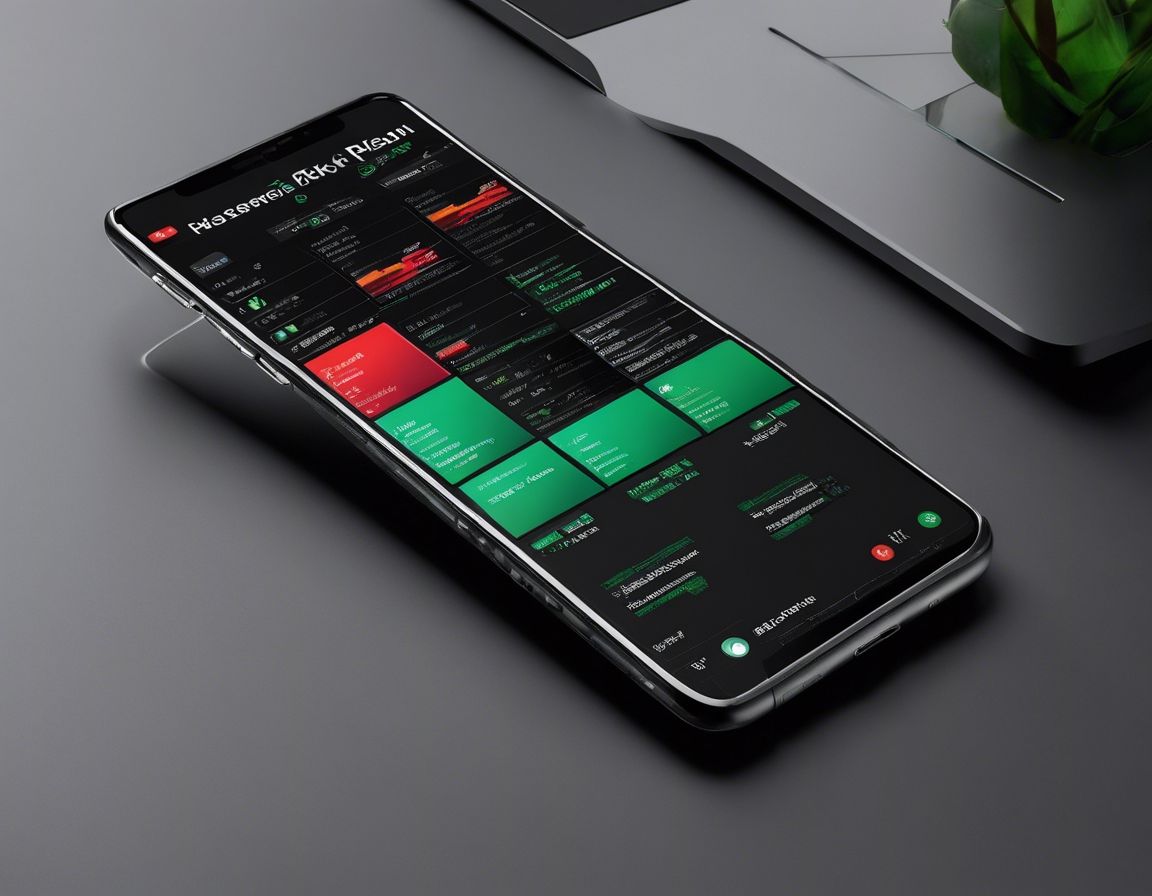The ultimate guide to efficient compliance monitoring
Compliance monitoring is the process of tracking and assessing the adherence of a company's operations to the relevant laws, regulations, standards, and ethical practices. It is a critical component of an organization's risk management strategy, ensuring that potential legal and financial penalties are avoided, and maintaining the company's reputation among clients, partners, and regulators.
Compliance teams often face challenges such as the ever-changing regulatory landscape, the complexity of managing vast amounts of data, and the need for real-time monitoring and reporting. Addressing these challenges requires a strategic approach that leverages technology and best practices.
Key Components of an Efficient Compliance Monitoring Program
Staying abreast of regulatory changes is essential for effective compliance. This involves not only understanding current regulations but also anticipating future changes and their potential impact on the organization.
Identifying and evaluating the risks of non-compliance is a foundational step in any compliance program. This includes assessing both internal and external threats and the likelihood of their occurrence.
Implementing controls to mitigate identified risks is crucial. These can range from policies and procedures to more technical solutions like access controls and encryption.
Effective communication and information sharing are vital to ensure that all parts of the organization are aware of compliance requirements and the measures in place to meet them.
Regular monitoring and review of compliance processes help to identify any gaps or weaknesses and ensure that controls are functioning as intended.
Technological Solutions for Compliance Monitoring
Software solutions can streamline compliance processes by automating workflows, tracking regulatory changes, and facilitating document management.
Automated tools can generate real-time reports, providing visibility into compliance status and helping to meet reporting obligations efficiently.
Analytics can uncover patterns and trends in data that may indicate compliance risks, allowing for proactive management of potential issues.
AI and ML technologies can enhance compliance monitoring by predicting regulatory risks and automating complex tasks such as transaction monitoring and anomaly detection.
Best Practices for Compliance Monitoring
Creating a culture of compliance throughout the organization encourages a proactive approach to compliance and risk management.
Compliance programs should be regularly reviewed and updated to adapt to new risks and regulatory requirements.
Regular training ensures that employees are knowledgeable about compliance obligations and understand their role in the organization's compliance efforts.
Managing the compliance of third-party vendors and partners is an often-overlooked aspect of compliance monitoring but is essential for a comprehensive approach.
Regulatory Trends and Future Outlook
The regulatory environment is constantly evolving, with new regulations emerging in response to technological advancements and societal changes.
For organizations operating internationally, understanding and complying with a multitude of global regulations is a complex but necessary challenge.





Comments (0)